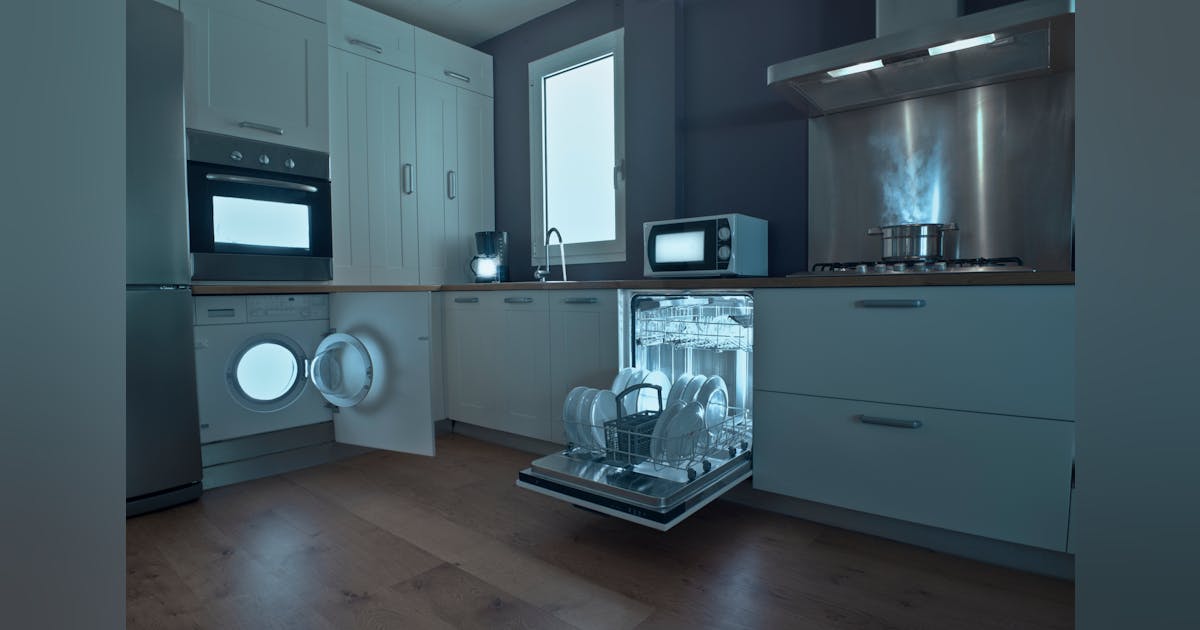I ran across a 4500W 240V water heater that has been connected to a 120V receptacle. It is drawing 1100 watts .
The cord is 16-3 SJO and I’m told has been operating this way for several years.
The demand on the heater is so low that they never experience a loss of hot water because it has ample time to recover.
I told the owner that it needed to be corrected and he said it’s worked fine and not to do anything with it.
I know that it is wrong to leave it, but is there any chance that it could ever draw enough current to compromise the cord before the breaker tripped?
It’s protected by a 15A breaker.
Thanks
The cord is 16-3 SJO and I’m told has been operating this way for several years.
The demand on the heater is so low that they never experience a loss of hot water because it has ample time to recover.
I told the owner that it needed to be corrected and he said it’s worked fine and not to do anything with it.
I know that it is wrong to leave it, but is there any chance that it could ever draw enough current to compromise the cord before the breaker tripped?
It’s protected by a 15A breaker.
Thanks


